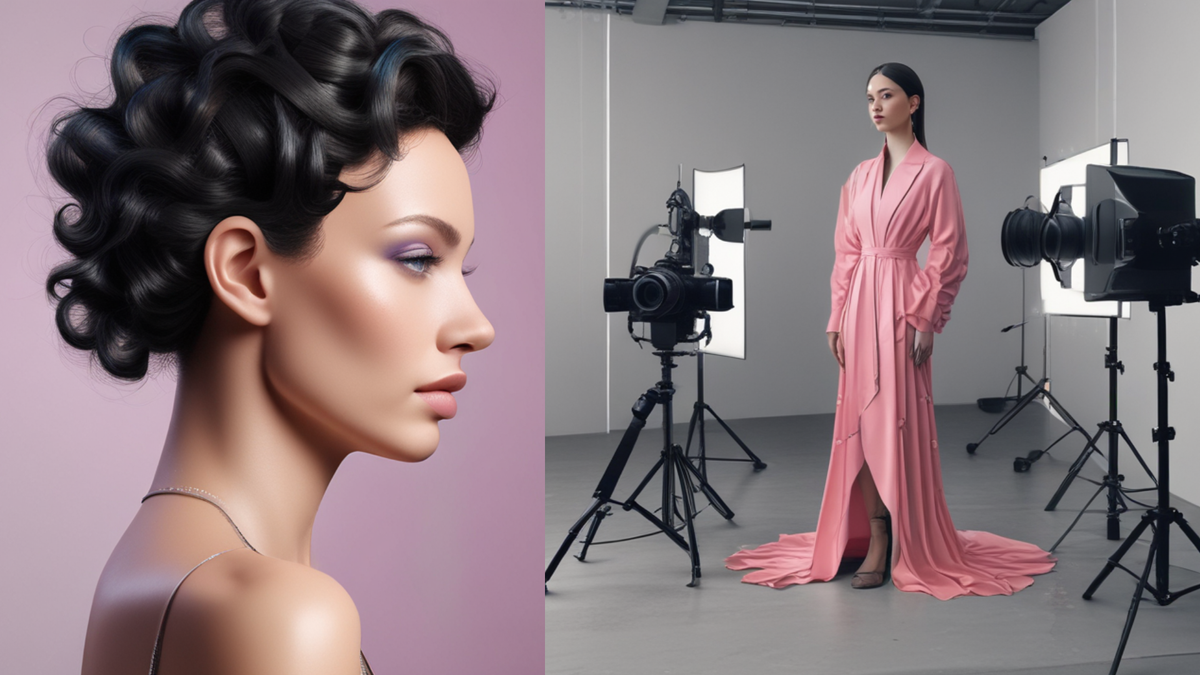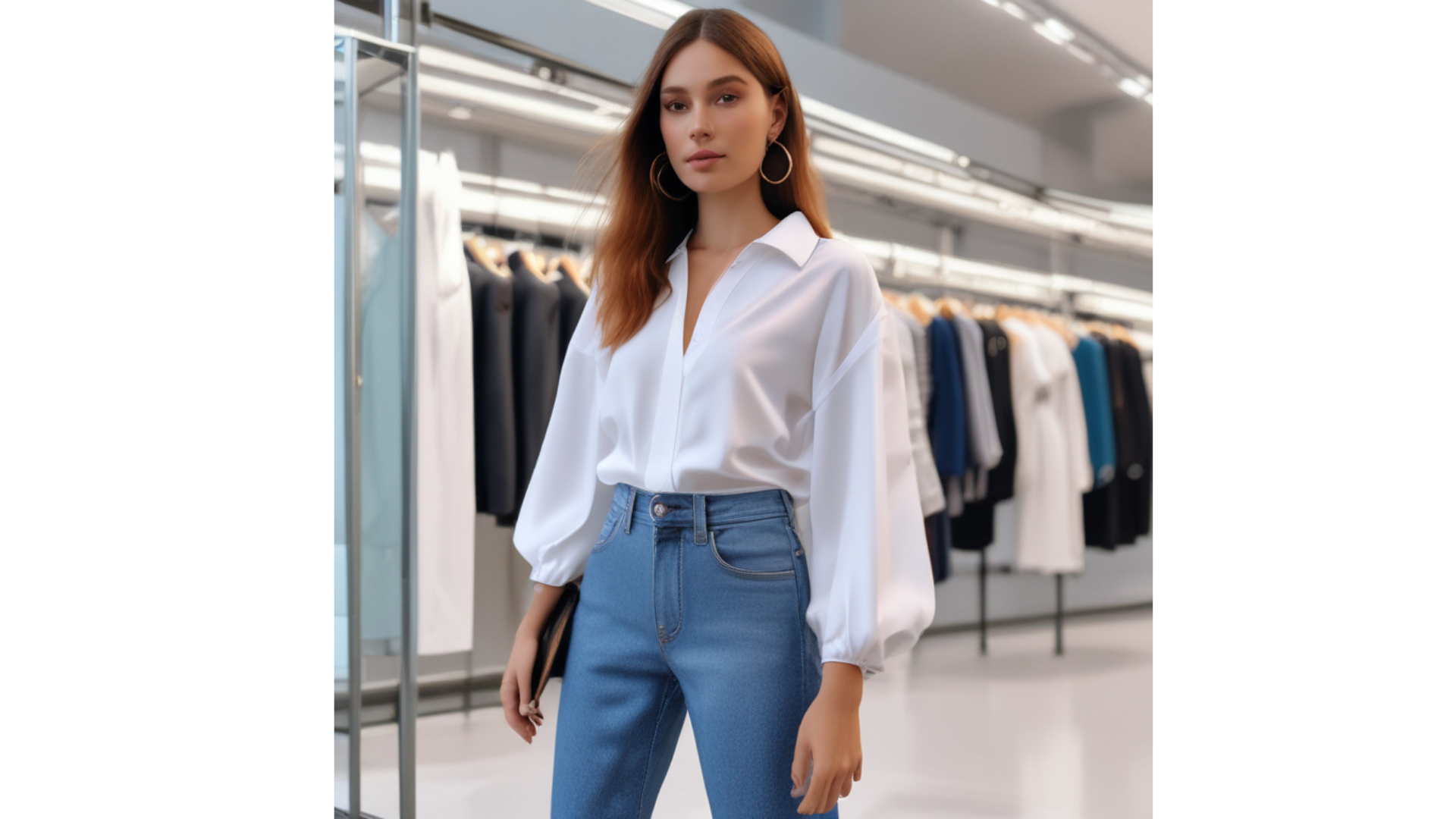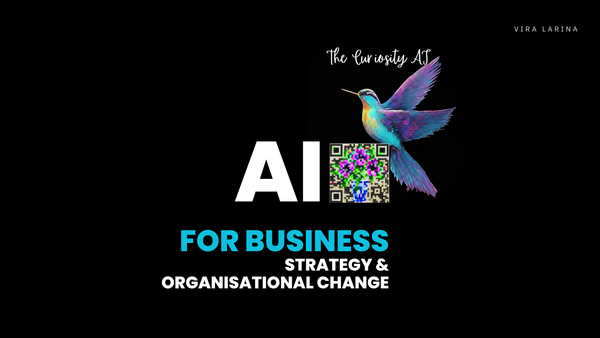Synthetic People: How Digital Models Are Reshaping Brand Perception and Jobs

H&M's announcement this week that it's creating 30 digital "twins" of real models has sent shockwaves through the fashion industry. The retailer informed the Business of Fashion about this initiative, which has quickly become a hot topic across media. Are we witnessing the beginning of the end for human models or just another creative evolution in how we sell products?
What Are Synthetic Models?
Synthetic models are essentially AI-generated versions of real people. They may have synthetic voices—like the one vocalising this article. These digital humans look remarkably real. AI tools create these synthetic models using data from real people, capturing their looks, expressions, and movements to build virtual copies that marketers can dress and pose however they want.
H&M says they'll create these digital twins with permission from the original models, who'll retain rights to their digital versions and get paid fairly for using their likenesses.
Humans + AI: Partners, Not Rivals
So, how are professionals actually using this technology? Recent research from Anthropic (the company behind Claude AI) reveals something surprising about real-world AI adoption.
After analysing millions of conversations, they found that most people aren't trying to replace humans with AI at all. Instead:
- 57% of users are using AI to enhance what they already do – like brainstorming ideas, improving their writing, or learning new skills
- 43% use AI to handle tasks automatically with minimal human input
Interestingly, in creative industries, particularly design, art, sports, media and entertainment, AI usage accounts for 10.3% of all conversations with Claude, while these sectors represent only 1.4% of the U.S. workforce. In terms of AI adoption, this field ranks third after computer and mathematical occupations (37.2%) and office administrative support (12.2%). This demonstrates the particular value of artificial intelligence specifically for creative professions.
This isn't an AI takeover – it's more like a partnership. The most successful people aren't those who hand everything over to AI but those who know how to collaborate with it effectively. Perhaps the difference between good and great synthetic content isn't the AI – it's the human directing it. But does this mean that AI development will only deepen the existing inequality between professionals?

The AI Divide: When the Best Get Better
The Economist addresses this question in an article - "How AI will divide the best from the rest," which challenges the early optimism that AI would be a great equaliser. Instead, AI is widening workforce divides, not narrowing them.
What does it mean for the marketing and fashion industries? My observation is the following:
- Top creative directors and brand strategists who already excel at conceptual thinking may leverage AI to become even more innovative
- Meanwhile, junior designers, photographers, and content creators could see their entry-level opportunities diminish as routine creative tasks become automated
- The skills gap may widen as those who can effectively direct and curate AI outputs pull further ahead
Research cited by The Economist found that high performers often saw significant productivity gains with AI tools in complex tasks, while lower performers saw little benefit or even lost ground. We're likely to see the same pattern in creative industries – the best art directors will know precisely how to prompt synthetic models to create groundbreaking campaigns, while others struggle with generic results.
Keeping It Real
As fake becomes indistinguishable from real, honesty becomes crucial. H&M says they'll add watermarks to their AI images so people know they're not looking at actual photoshoots. The AI EU Act requires such disclosure, which is fair; consumer comfort with AI marketing varies wildly, but transparency is always the key to maintaining trust. No one wants to feel tricked.
During our January lectures at Oxford, Professor Rhonda Hadi shared fascinating research conducted jointly by Oxford and WPP examining consumer responses to synthetic humans in advertising. The findings revealed a curious paradox: while synthetic models themselves don't significantly affect initial brand perception, once consumers discover they're viewing AI-generated images, their opinion of the brand tends to decline slightly. Marketing teams must now balance embracing technological innovation and maintaining authentic connections with their audience. However,
would H&M be in the headlines of the most prominent media if they had used real models in their campaign?
This tension between technology and creativity isn't new in visual culture. It reminds me of how photography was once viewed as a threat to traditional art. However, as I wrote about in my article on disruptive technologies in art, "Between masterpieces and machines: the intersection of art and AI", photography ultimately pushed artists to explore new directions. It elevated the entire field rather than replacing it. Similarly, AI-generated fashion imagery might push human photographers and models toward more emotive, uniquely human forms of expression that AI cannot replicate.
Marketing departments are rapidly integrating AI into their daily work - 17% of marketing professionals reported using AI extensively, and 39% integrated AI in select areas. Another 26% were exploring AI but hadn't yet implemented it. As digital twins and synthetic models become more prevalent, we'll need thoughtful conversations about their impact on industry creativity, authenticity, and fairness. The brands that succeed won't just be those with the most sophisticated AI tools but those who find the perfect balance between technological innovation and human connection.
After all, fashion has always been about expressing humanity in all its beautiful complexity – even when the models aren't entirely human.
In today's information-rich world, avoiding AI tools out of fear of 'artificiality' means deliberately limiting yourself. I actively integrate AI tools into my daily work, and it helps to boost my efficiency and productivity:
- NotebookLM — for processing research materials and primary sources, helps highlight key points and create thorough reviews;
- Claude (AI from Anthropic)— help me with article structuring, analogies and translation;
- Grammarly Premium — I use it for proofreading;
- AI Imagen Gen — for creating AI-generated images;
- ElevenLabs — for creating audio versions in English using an artificial voice based on my (Vira Larina's) voice.




